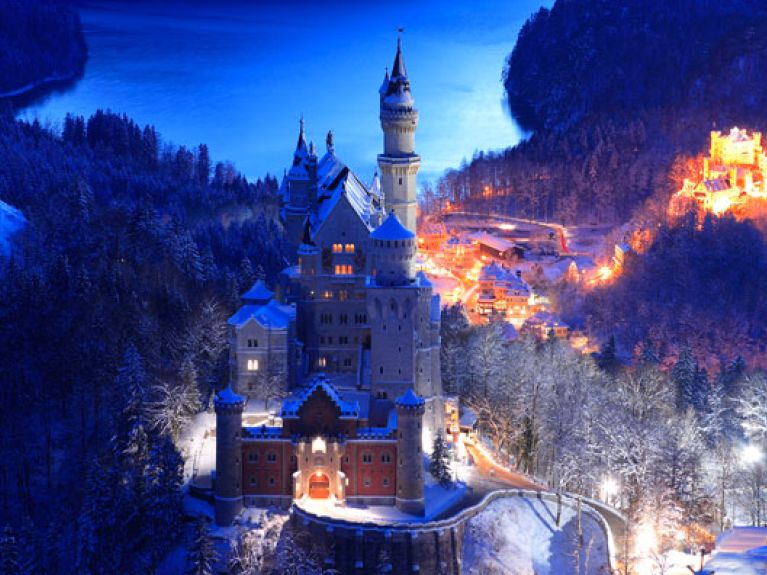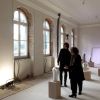Monuments in Focus
German Heritage Day: Five must-see historical buildings.

Monuments allow us to experience the ideas and ideals of former times, though that is just one of the reasons to visit them. Another is the fact that they are, quite simply, impressive. These five are among the most popular historical monuments in Germany.
Cologne Cathedral
Begun in the year 1248, the cathedral remains an “eternal building site”, not that this bothers its more than six million annual visitors – on the contrary, it is actually what gives rise to the special atmosphere of what is one of the world’s most important cathedrals. Apart from the building itself, visitors are fascinated by the artworks in the cathedral which have been famous well beyond the boundaries of Cologne for centuries. The Altar of the Patron Saints of Cologne, a triptych in St. Mary’s Chapel, is sure to impress, as are the bells: known affectionately as “Dicker Pitter” (i.e. Big Peter), St. Peter’s Bell is the largest.
Reichstag
In the 1990s, the architect Sir Norman Foster turned the Reichstag into a modern parliamentary building and gave it its current appearance. The three million or so people who visit it every year particularly like the glass dome with its winding walkway and panoramic view of the German capital. A guided tour is a good way to learn more about how closely the Reichstag – which was built at the end of the 19th century and destroyed several times – is tied to German history.
Dresden Frauenkirche
Given how completely the Frauenkirche was destroyed in the Second World War, its reconstruction is regarded as a kind of “miracle”. The ruined church long served as a memorial in the city before a local action group initiated its reconstruction, piece by piece. It was re-consecrated in 2005, and now attracts around two million visitors every year.
Brandenburg Gate
This is one of the most important symbols of German unity: the crowds cheered when the Brandenburg Gate was opened on 22 December 1989, just a few weeks after the fall of the Berlin Wall. Built between 1788 and 1791, it has always been a silent witness to Berlin’s turbulent history. Nowadays, it is particularly popular among the many tourists who visit the German capital – a selfie against the backdrop of the Brandenburg Gate is a must.
Neuschwanstein Castle
The reclusive King Ludwig II used the palace as a place of refuge. These days, however, it is anything but a place of tranquillity and isolation: around 1.4 million international tourists each year come to visit the castle of the “Fairy-Tale King” and to admire the unique mountain panorama. Its appeal is also nurtured by the legends surrounding the castle, and by the mystery that shrouds its former resident: Ludwig died at Lake Starnberg in 1886, yet the circumstances of his death were never clarified.
German Heritage Day (Tag des offenen Denkmals) on 14 September 2014
www.tag-des-offenen-denkmals.de

